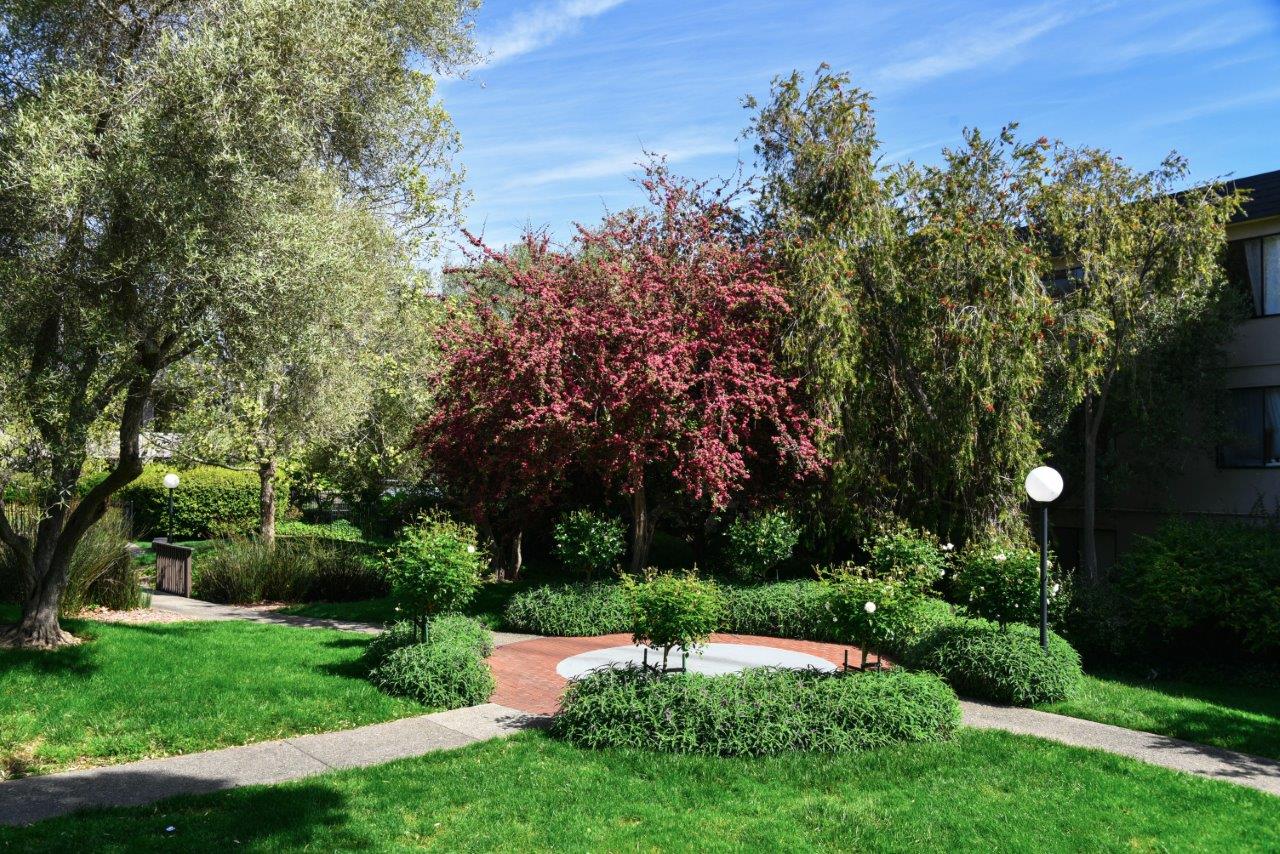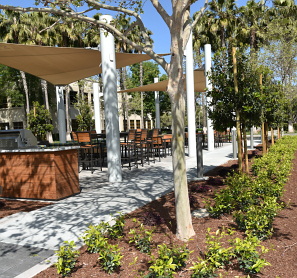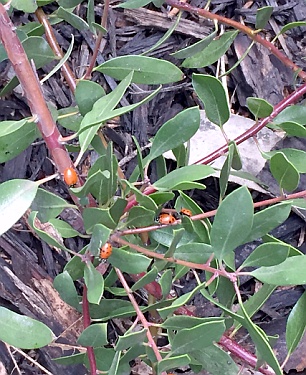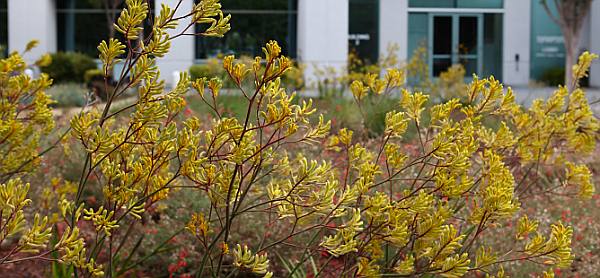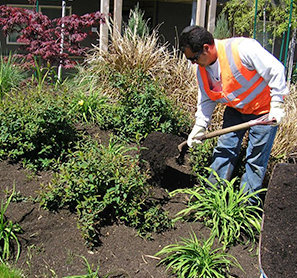Improve Tree Health and Reduce Sticky Sap Problems
What’s causing that annoying sap that’s coating everything under your trees? Pests like aphids, mealybugs, leafhoppers and scale that feed on trees will excrete a substance called “honeydew” that drips on cars, sidewalks, and roads. How can you improve tree health and reduce sticky sap problems, getting your grounds back to normal?
Identifying Sap Generating Pests and Diseases
Most ‘sap’ problems result from pests feeding on trees and plants. The sticky secretions, which are not actually sap, often attract additional insects such as ants, which feed on the sweet honeydew. Ants will even protect their food source from natural predators, making an already bad situation even worse. Common honeydew-producing pests include:
- Aphids
- Our landscape maintenance experts often find aphids at the root of ‘sap’ problems. These bugs suck plant juices from all kinds of plants and then excrete sticky honeydew, expelling massive amounts that coat nearby surfaces. These pests can cause severe stress and invite other diseases if left unchecked.
- Scale
- Like aphids, scale insects feed on the nutrient-rich liquids in trees and shrubs. Some types of scale excrete large amounts of honeydew, while others produce little. Rest assured, our certified Bay Friendly landscaping services can identify whatever type of scale is infesting your trees and eradicate it.
- Mealybugs
- Related to scale but lacking the typical armor that gives scale insects their name, mealybugs look as though they are dusted with flour. They also feed on the sap of phloem vessels and produce honeydew.
If you let these pests go unchecked, the residual honeydew covering leaves and twigs will result in a fungal growth called black sooty mold which impedes regular functions including photosynthesis. Sooty mold is very harmful to a tree that is already suffering from insect infestation.
Pests that Produce True Sap Secretions
Some insects and diseases will damage trees in a physical manner that causes them to ooze true sap, such as:
- Bark beetles
As their name suggests, bark beetles lay eggs beneath the surface of tree bark, tunneling out. Many trees then produce sap as a defense mechanism, attempting to block the beetles from laying eggs, causing excessive seepage. - Fungi and bacteria
Fungi and bacterial diseases, such as wetwood, which attacks tree bark, can cause sap problems.
How to Eliminate Sap or Honeydew Issues in Trees
You can identify pests and stop sticky sap problems with proactive plant health care, including:
- Regular landscape maintenance
Ongoing landscape health assessments, proper pruning, and regular fertilization and watering by our experienced landscape contractors supports plant health and prevents diseases that attract these insects. - Customized irrigation
A blast of water can remove nuisance pests like aphids and scale, who can’t climb back up and quickly die. It can also remove sticky honeydew and sooty mold. - Beneficial insects
For active infestations, beneficial insects like ladybugs, nematodes, and praying mantises can eliminate nuisance pests. - Natural topical treatments
Neem oil and insecticidal soap are another way to manage soft-bodied pests without hurting beneficial insects/predators. - Systemic insecticides
Our plant health care experts know when to use systemic insecticides for larger trees or severe infestations that threaten the life of your trees.
Improve tree health and reduce sticky sap problems by preventing and getting rid of the insects that cause them. Contact Gachina Landscape Management at 650-853-0400 to schedule an appointment for a commercial landscape evaluation for your Bay Area, San Francisco, San Jose, Walnut Creek, or Oakland business. Fill out or online contact form today.
